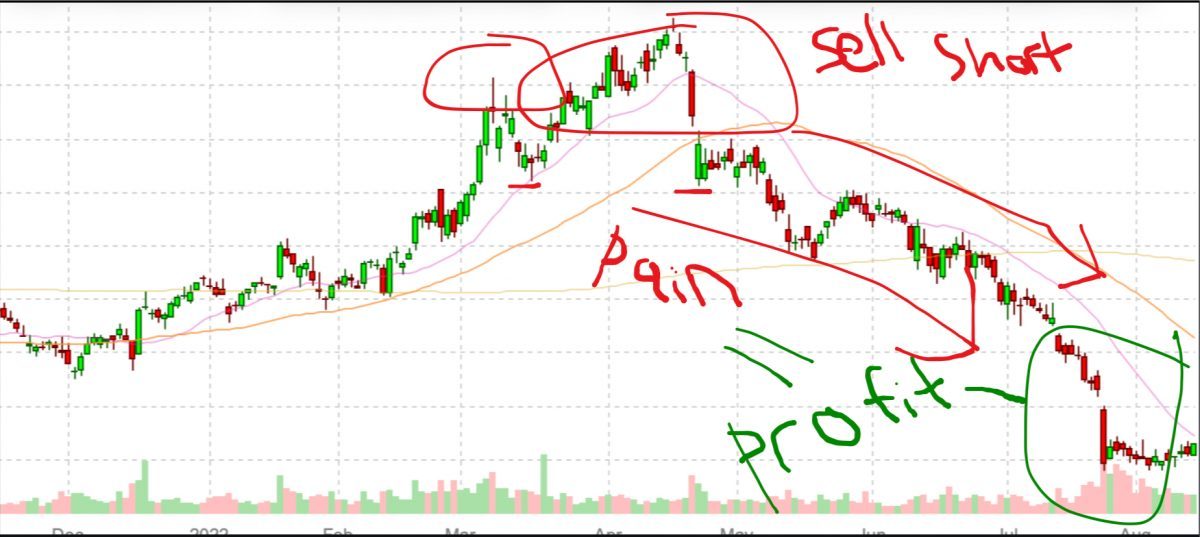The dividend yield is a financial metric that investors can use to evaluate how much income they will initially receive when they invest in assets such as individual stocks or exchange traded funds (ETFs), based upon how much they initially invest. But what is dividend yield exactly?
At its most basic level, the dividend yield of a company is a ratio that shows how much a company pays out in dividends each year relative to its stock price. It’s typically expressed as a percentage. The dividend yield is calculated by taking the annual dividends per share paid by a company and dividing it by the company’s current share price.
Here’s the formula:
Dividend Yield = (Annual Dividends per Share / Current Share Price) x 100%
To understand how it works, let’s look at a hypothetical example.
Let’s say we have a company called TechCo. TechCo’s shares are currently trading at $50 per share. Over the past year, TechCo has paid out $2.50 per share in dividends.
Using the formula, we would calculate the dividend yield like this:
Dividend Yield = ($2.50 / $50) x 100% = 5%
This means that if you were to buy shares of TechCo at the current price and the company continued to pay the same dividends, you would receive an annual income of 5% on your investment, not considering any changes in the share price.
It’s important to note that companies aren’t required to pay dividends, and many don’t. Companies that do pay dividends are often larger, more established companies with steady profits. These companies may not have as much room for rapid growth, so they return a portion of their profits to shareholders in the form of dividends. On the other hand, younger, high-growth companies often do not pay dividends, as they reinvest all their profits back into the company to fuel growth.
Now, how is the dividend yield used in terms of investing?
Investors often use dividend yield to help evaluate potential investments, particularly when comparing similar types of stocks or income-focused investments. A higher dividend yield can make a stock more attractive to investors who are interested in the immediate income stream they will receive. For example, an investor who invests $10,000 into a dividend paying stock yielding 7% will earn $700 in dividends. If they invest it instead into a company yielding 3%, they will only receive $300 in dividends (assuming both dividends remain the same).
However, a high dividend yield isn’t always a good sign. It could be high because the company’s share price has fallen significantly, not because the company is particularly generous with its dividends. Similarly, a low dividend yield isn’t necessarily bad. It might be low because the company’s share price has increased significantly, or because the company is reinvesting its profits into growth opportunities rather than paying dividends.
Therefore, while the dividend yield is a factor you can consider, it’s just one piece of the puzzle, and ultimately it is not the most important thing to focus on. As an investor, you also want to look at other metrics like the company’s earnings growth, financial stability, and the overall health of its industry, among other things.




